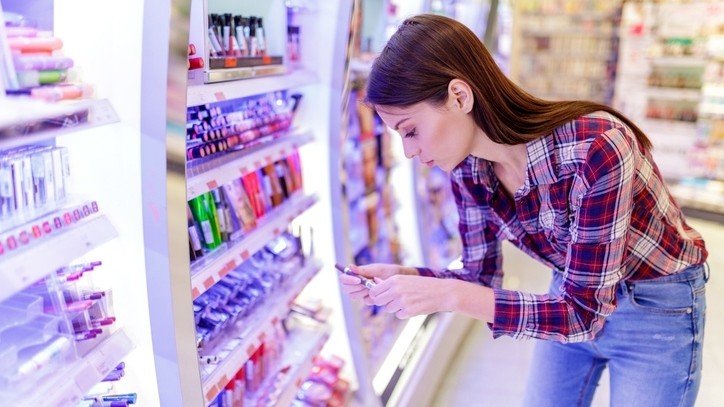The cosmetic industry has been experiencing a steady rise in product sales in recent years, with the global market size estimated to reach over $800 billion by 2024, according to a report by Zion Market Research.
One of the key factors contributing to the growth of the cosmetic industry is the increasing demand for natural and organic products. Consumers are becoming more aware of the potential health hazards of synthetic chemicals in cosmetic products, and are therefore seeking out more natural alternatives. This has led to the rise of clean beauty products, which are free from harmful chemicals such as parabens, sulfates, and phthalates.
Another factor driving the growth of the cosmetic industry is the increasing popularity of social media and influencer marketing. Social media platforms such as Instagram, Facebook, and YouTube have become important marketing channels for cosmetic companies, as influencers and beauty bloggers use their platforms to promote cosmetic products and share their personal experiences with their followers.
Furthermore, the rise of e-commerce platforms has made it easier for consumers to purchase cosmetic products online, increasing the accessibility and convenience of purchasing beauty products.
In terms of regional trends, the Asia-Pacific region is the largest market for cosmetics, with countries such as China, Japan, and South Korea leading the way in terms of cosmetic product sales. This is due to a combination of factors, including a growing middle class, increasing disposable incomes, and a culture that places a high value on personal appearance.
According to market research firm Euromonitor International, the United States is the largest market for cosmetics in the world, followed by China, Japan, and Brazil. Other countries that are also major consumers of cosmetics include South Korea, France, the United Kingdom, Germany, Italy, and Russia.
In these countries, there are several factors that contribute to high cosmetic consumption rates, such as a culture that places a high value on physical appearance, a large and growing middle class with disposable income to spend on beauty products, and a strong retail infrastructure that allows for easy access to a wide variety of cosmetic products.
It is important to note that while some countries may consume more cosmetics than others, the demand for cosmetics is a global phenomenon that is growing rapidly. As people around the world become more interested in personal care and beauty, the cosmetics industry is likely to continue to expand and thrive.



